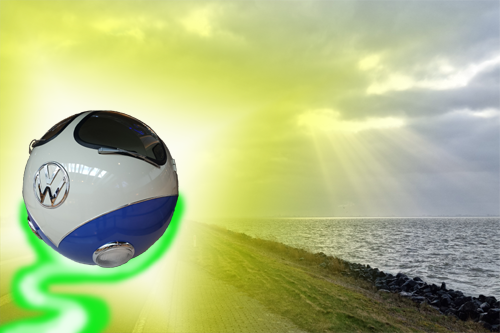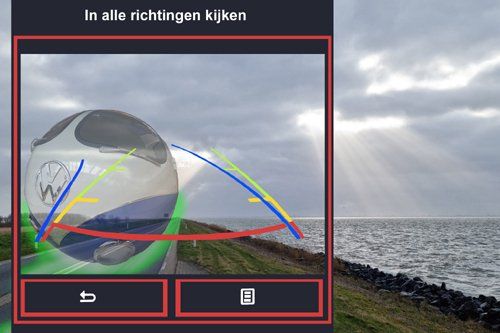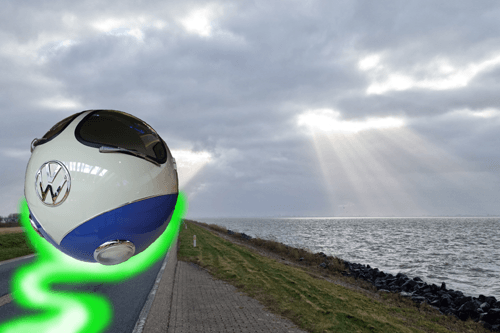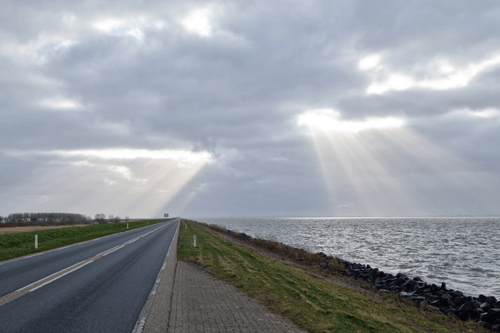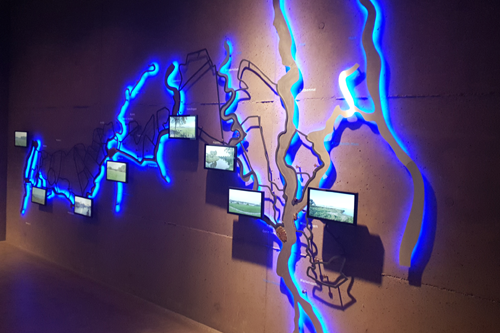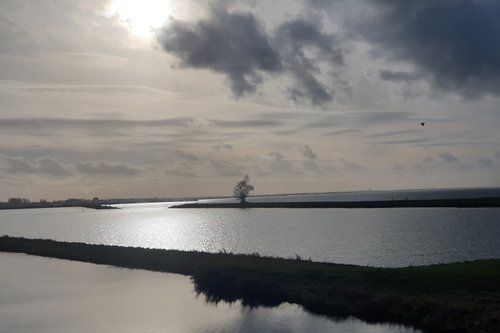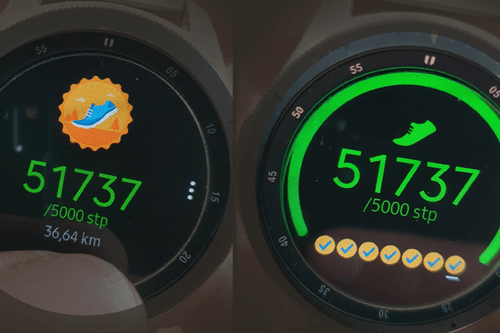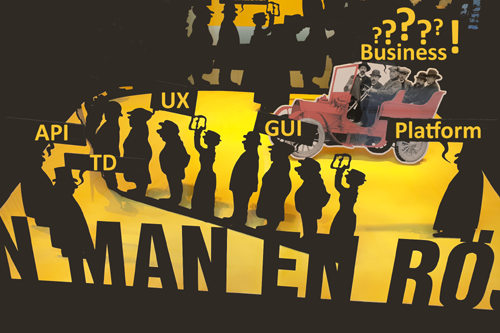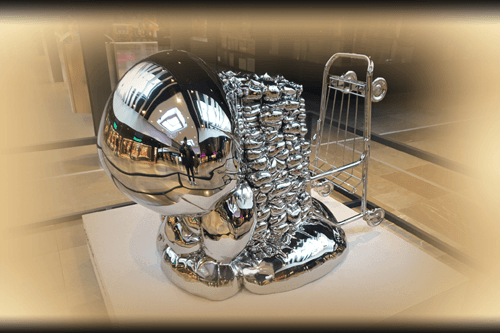Omnichannel (English Version)
Casper
A fantastic customer experience… or… jungle tour through technology?
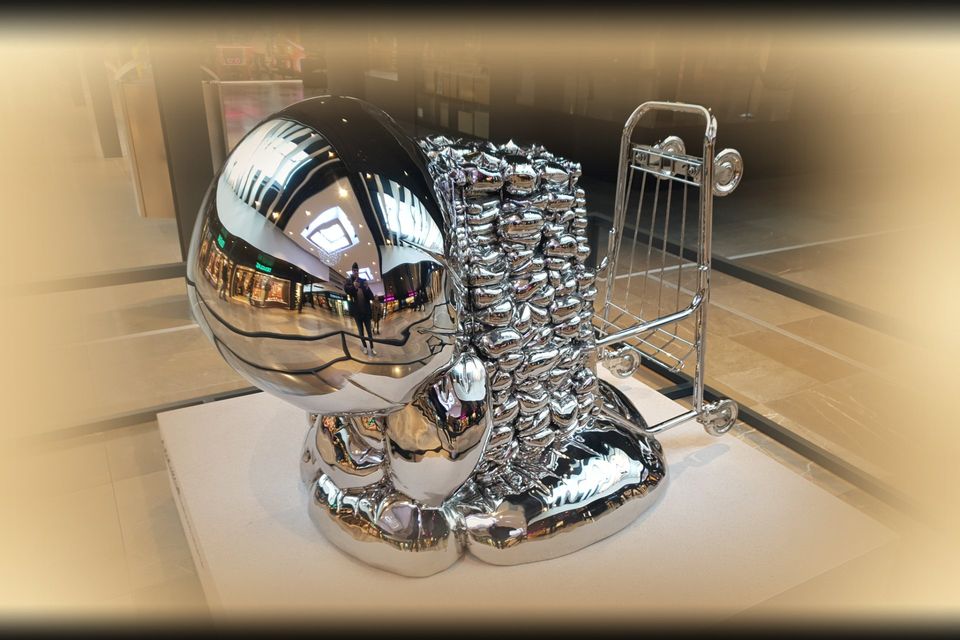
Many devices and options have been added recently. We live in a technology age. Sometimes I wonder whether the technology is there to help us or vice versa? Omnichannel Strategy can help you with that, provided you approach it from the user.
What is an Omnichannel? Freely translated (in my opinion): Omnichannel is the use of technology where you put the customer first and let him or her choose the medium (devices and / or applications) to communicate. This can be a combination of different techniques that should flow seamlessly into each other. When technology blends seamlessly into one another, the major pitfall is often the logic of the customer. Sometimes it turns out to be extremely difficult for organizations to really put themselves in their place within their customer base and to gain insight into their thought pattern. I often think back to the past. I grew up in a small town and everyone knew each other. When my mother came to the bakery, the baker knew who his customer was and what he needed. For me, this is the starting point for a good strategy. Do not only focus on the customer, but also know your customer!
Investigate whether and how your customer is waiting for an Omnichannel approach.
Sometimes I hear the example; “… If the customer puts something in his shopping cart via his laptop, then he must be able to complete his order with another medium, for example his telephone…”. I always wonder: why? Is it because it is possible
or because it is useful. Which masses of your customers are crying out for this method? No one can really tell me and if research is done the less advanced solution turns out to be a great choice.
To help you set up an Omnichannel Strategy, I have drawn up some points for attention;
- Know your customer. Know what he or she wants and needs. That does not necessarily have to be the same!
- Know what technology your customer uses or is willing to use in the future.
- Involve the customer in new applications and possibilities. Because something is possible, it does not necessarily mean that it makes sense (in the eyes of the customer / user).
- Make the customer aware of the benefits. If 24/7 opening and pick-up times can be realized, mention this and find out whether the (future) customer is also waiting for this.
- Stay in touch with your customer. Where can your customer go with questions if something does not seem to work logically (for the customer). Can you guide him to a solution?
- Build Omnichannel slowly, let your customers get used to the idea and take them along in future developments.
The most important point is: Keep it simple and clear for the customer. Omnichannel can be a beautiful and valuable experience for both organizations and customers. Have fun!
Casper.
Blog
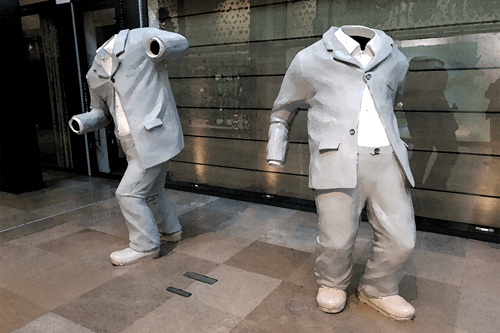
Nu er veel nagedacht wordt over Digitale Transitie rijst de vraag; “ Wat doen we met al die digitale gegevens? ” Waar vroeger de website het eindstation was zijn er anno 2020 betere oplossingen. Waarom je beperken tot een website, of mobiel? “ -- Mobile first -- ” is een veel gehoorde kreet. Ik pleit er voor dat om te bouwen naar “ -- API-first -- ” (API staat voor; Application Programming Interface). Als we de software architectuur verdelen in een voor- en achterkant en we zetten daar een laag tussen die dat allemaal verbindt. We waren immers toch al bezig met het schaalbaar maken van de backend systemen (achterkant) in het kader van de digitale transformatie (Lees ook mijn blog over Digitale Transformatie , https://www.casperotto.nl/digitale_transformatie ). Hoe mooi is het als je een API-laag creëert waarop je alles zou kunnen aansluiten: een website of een mobiele applicatie of een koppeling met een ander platform of ….. wat je maar wil. Je bent flexibel om te doen wat voor jouw bedrijf het beste is. Bijvoorbeeld voor klanten een portaal realiseren waar ze zaken zelf kunnen regelen. Of koppelen met een ander portaal van een partner bedrijf. Ongekende mogelijkheden. Van belang is wel om de digitale transformatie goed door te voeren. Als systemen op een goede manier gekoppeld zijn heb je daar veel profijt van. Belangrijke vraagstukken zul je moeten beantwoorden (onder andere); • Welke delen van de architectuur gedragen real time, welke niet? • Waar leg ik gegevensverzamelingen aan? • Waar moet ik buffers creëren om niet (te) afhankelijk te zijn van andere systemen? • Waar maak ik gebruik van API’s en waar van (micro) services? Belangrijk is om goed het evenwicht in het oog te houden. Net als met alle goede apparaten moeten de componenten in balans zijn. Alleen dan werkt het optimaal samen. Naast het technische is het ook belangrijk dat je een groep met de juiste mensen samen stelt. Met focus op techniek, business en financiën. Multi disciplinair, laat ze samen werken, stel kaders op maar zo min mogelijk doelen. Laat het team dat doen, je kunt de uitkomst toetsen aan de strategie welke je voor ogen hebt. Misschien word je wel verrast met een uitkomst die je niet voor mogelijk had gehouden. Dat geeft je als ondernemer ook een boost, nieuwe terreinen verkennen, nieuwe dingen leren en ontdekken. Iedere disruptieve gebeurtenis, hoe vervelend ook, opent de deur voor nieuwe kansen en oplossingen. Laten we er wat mee doen! Casper. https://www.casperotto.nl/ https://www.casperotto.nl/blog



